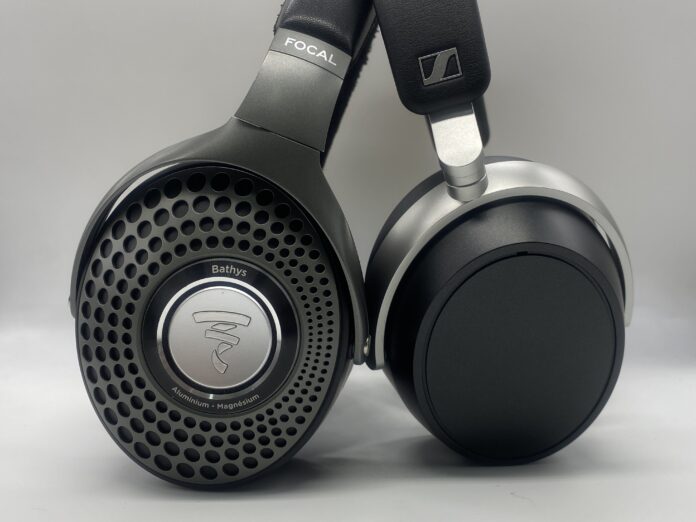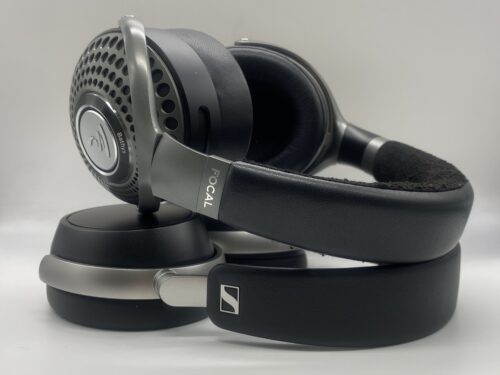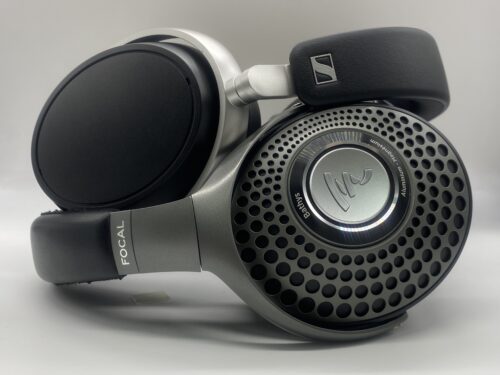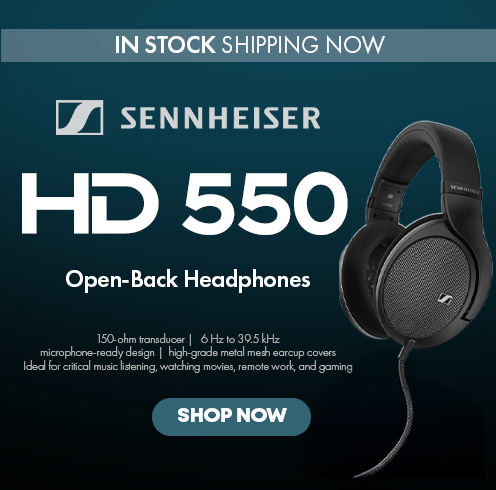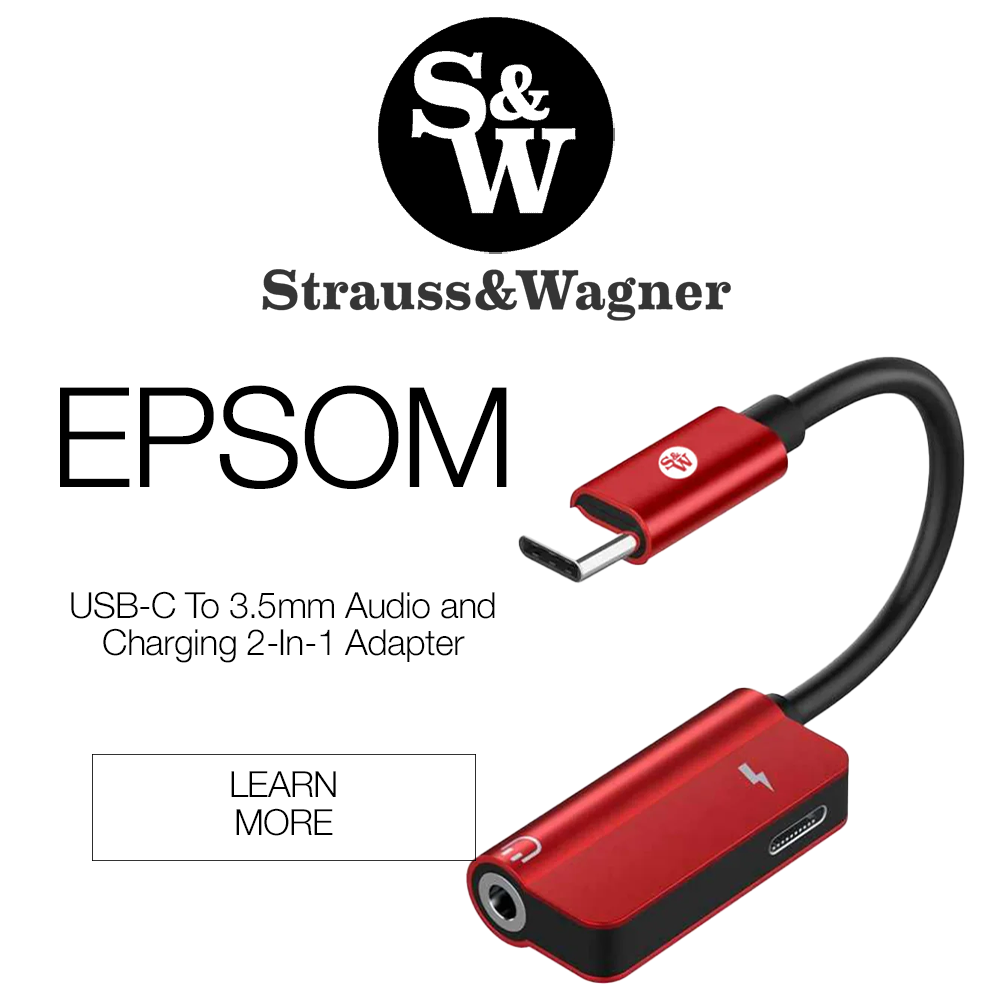The Sennheiser HDB 630 and Focal Bathys represent two of the strongest entries in today’s premium wireless audiophile headphone market. Both models aim to deliver top-tier sound quality, sophisticated features, and an elevated listening experience that goes far beyond typical ANC headphones. While they target a similar audience, their design choices, sonic personalities, and feature sets are distinct. This comparison breaks down everything you need to know to help you decide which flagship wireless headphone best fits your needs.
What You Get
| HDB 630 | Bathys |
|
|
Look & Feel
The Sennheiser HDB 630 continues the understated design language seen in the Momentum 4 series. With a weight of 311 grams, the headphones feel lightweight and comfortable for long sessions, leaning more toward functional ergonomics than flashy aesthetics. The build quality is solid, and the padded earcups provide a secure, fatigue-free fit. By contrast, the Focal Bathys showcases a striking design that stands out immediately. The signature perforated grille, illuminated Focal logo, and mix of magnesium and aluminum give the Bathys a unique, premium character. The ear pads are plush and spacious, helping maintain comfort even during longer listening sessions.
Design & Functionality
The HDB 630 uses a 42 mm electrodynamic (moving coil) driver, while the Focal Bathys features a 40 mm dynamic driver with an aluminum-magnesium “M-shaped” dome. The M-shape is particularly important: it allows the diaphragm to maintain structural stiffness while still being responsive. Both headphones offer noise cancellation, but it’s not either’s main focus. Sennheiser seems more concerned with preserving the headphone’s neutral, audiophile-grade tuning than with offering maximal isolation. The Smart Control app gives you EQ and other tuning options, but there’s no indication that the ANC level itself is deeply adjustable. It’s reliable, but understated. By contrast, the Focal Bathys offers two distinct ANC modes: Silence and Soft. It’s more flexible and ultimately proves to be the more effective ANC.
The Smart Control and Bathys companion app both have EQ, but Sennheiser’s option allows for slightly more personalization, especially with the crossfeed feature. Everything about the Bathys app is simplified, making it user-friendly; however, there’s less customization available compared to Sennheiser’s app.
Bluetooth
The Sennheiser HDB 630 offers an impressive range of listening options, starting with Bluetooth 5.2 and codec support that includes aptX Adaptive, aptX HD, aptX, AAC, and SBC. The Focal Bathys also provides robust connectivity options with Bluetooth 5.1 and codec support for SBC, AAC, aptX, and aptX Adaptive. While it doesn’t offer LDAC, it does support a high-fidelity USB-C DAC mode, which allows users to bypass Bluetooth entirely and enjoy enhanced resolution. Multipoint Bluetooth is included, letting you connect to two devices simultaneously.
Battery Life
Battery life is one of the HDB 630’s strongest selling points, delivering up to 60 hours of playback even with ANC active. The Bathys has solid battery life for the price, offering around 30 hours with ANC enabled and up to 40 hours in DAC mode. The HDB 630 takes this area pretty convincingly.
Soundstage
Despite being a closed-back wireless headphone, the Sennheiser HDB 630 delivers a surprisingly expansive soundstage, especially when used in USB-C mode with the included dongle. Imaging is crisp and effortless, giving each instrument clear spatial placement. This sense of depth makes the HDB 630 an excellent choice for analytical listening, mixing, or simply appreciating detailed recordings. The Focal Bathys offers an equally immersive experience but with a different flavor. Its soundstage is spacious and airy, with a focus on musicality rather than pure neutrality. Imaging is precise, and instruments are separated with a sense of openness that makes the Bathys sound more “live” and three-dimensional than many wireless competitors.
Low End
The HDB 630 presents a controlled, articulate bass response that complements its studio-leaning tuning. The low end is well-layered and detailed, providing depth without overpowering the midrange. However, listeners who prefer a more forceful or punchy bass may find it slightly restrained. The Bathys, on the other hand, delivers deeper and more textured bass with a satisfying sense of weight. It remains clean and avoids muddiness, offering a more emotionally engaging low-end presentation without veering into exaggerated territory.
Mids
The HDB 630 shines in the midrange, offering exceptional clarity and a natural, studio-reference tone. Vocals are reproduced with honesty and detail, while instruments retain their individuality without sounding colored or overly warm. In comparison, the Focal Bathys features a richer, more warmed-over midrange. Vocals sit comfortably in the mix but don’t necessarily take center stage. This tuning produces a fuller, more musical presentation that some listeners find more enjoyable for relaxed listening.
Highs
The Sennheiser HDB 630 maintains a tight, airy treble that brings out fine detail without introducing harshness. Its high-end response feels controlled yet spacious, contributing to its analytical nature. The Focal Bathys takes a smoother approach. Its treble is articulate and well-defined but avoids excessive sparkle, making it ideal for long listening sessions where fatigue is a concern.
Summary
The Sennheiser HDB 630 and Focal Bathys both represent the pinnacle of wireless audiophile technology, but they cater to different listening styles. Sennheiser’s approach focuses on neutrality, precision, and endurance, while Focal prioritizes musicality, craftsmanship, and emotional impact. Your choice ultimately depends on whether you value reference accuracy or engaging warmth. Either way, both models stand among the best high-end wireless headphones on the market today.
The Sennheiser HDB 630 and Focal Bathys are available at Audio46.
MAJORHIFI may receive commissions from retail offers.


